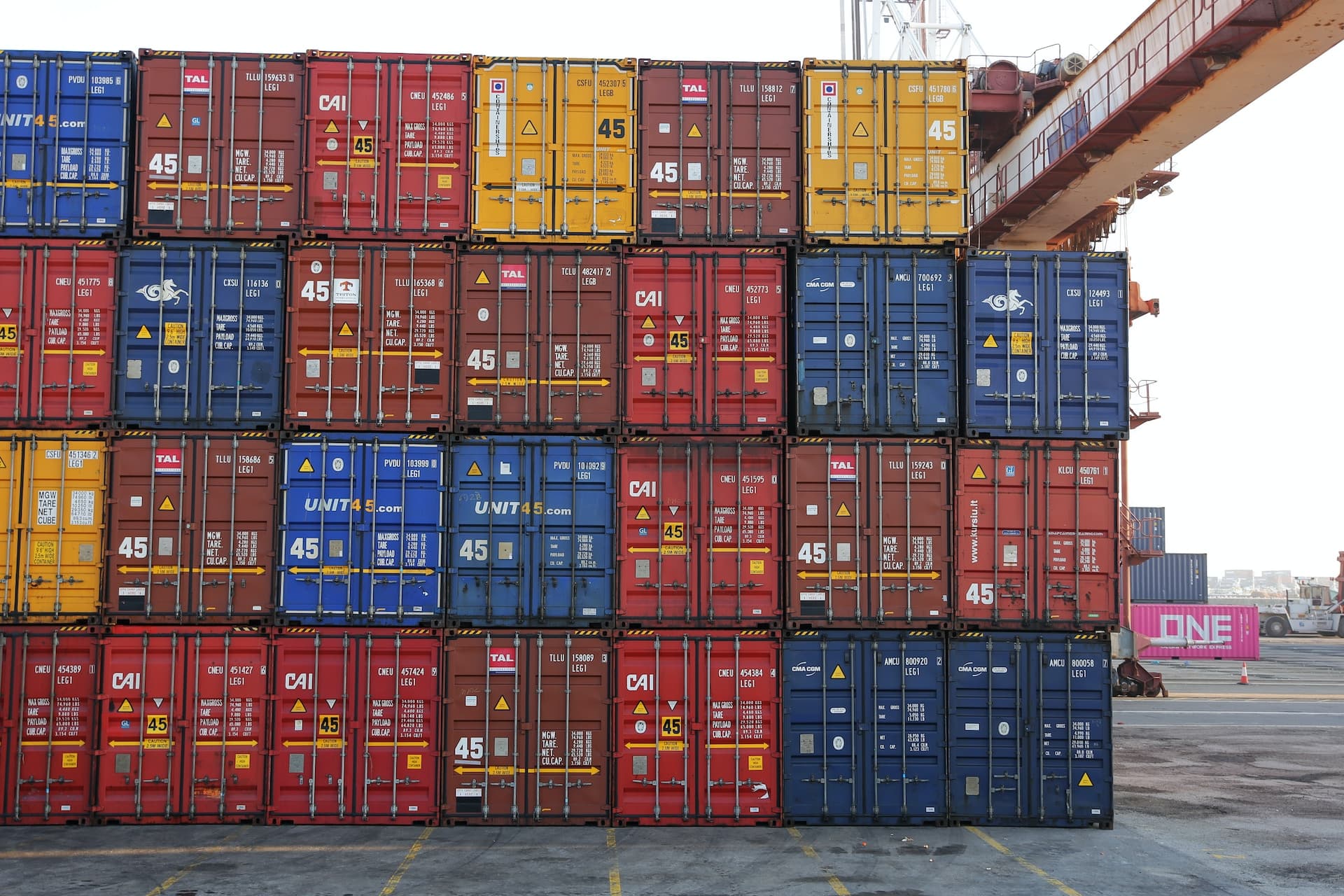Container lashing is a vital process in the shipping industry that involves securing cargo in shipping containers to ensure safe transport. Proper lashing prevents cargo from shifting or moving during transport, which can result in damage to the cargo, the container, or even the vessel.
Importance Of Container Lashing
Proper container lashing is critical to ensure that cargo arrives at its destination in the same condition as it was loaded. Lashing prevents cargo from shifting or moving during transport, which can cause damage to the cargo or the container. It also ensures the safety of the vessel and crew by preventing the container from tipping or falling over during rough seas.
Techniques For Secure Cargo Transport
There are several techniques for lashing the containers, including:
- Twist locks: They secure the container to the chassis by locking it into place on the corner castings of the container.
- Chains: These are attached to the corner castings of the container and to the chassis or other containers.
- Wire rope: It is attached to the corner castings of the container and to the deck of the vessel.
- Straps: These are attached to the corner castings of the container and to the deck of the vessel.
Best Practices For Container Lashing
Here are some best practices for container lashing:
- Plan ahead: This includes choosing the appropriate lashing method for the cargo, ensuring that the equipment is in good condition, and ensuring that the crew is trained in proper lashing techniques.
- Check the container weight: It’s important to ensure that the weight of the cargo does not exceed the maximum payload capacity of the container. Overloading the container can result in damage to the container or the cargo.
- Distribute the weight evenly: The weight of the cargo should be distributed evenly throughout the container. This helps prevent the container from tipping over or shifting during transport.
- Use appropriate equipment: The equipment used for container lashing should be appropriate for the cargo being transported. This includes twist locks, chains, wire rope, and straps.
- Inspect the container and equipment: The container and equipment should be inspected for damage or defects before loading. Any damaged equipment should be replaced or repaired before use.
- Use proper tension: The tension of the lashing should be sufficient to prevent the cargo from shifting or moving during transport, but not so tight as to damage the cargo.
Final Thoughts
Lashing the container is a critical process for safe and efficient cargo transport. Proper lashing techniques and best practices can help ensure that the cargo, vessels, and people around are safe and protected during the entire process. When cargo is properly secured, it can be loaded and unloaded more quickly, which reduces the time that the vessel spends in port.




